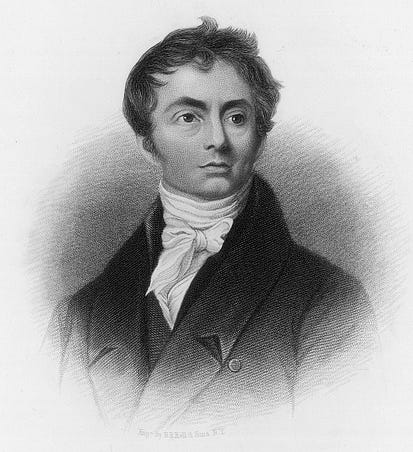|
 |
The Writer's Almanac from Thursday, September 12, 2013
"The Composer Says This is How We Should Live Our Lives" by Patricia Fargnoli, from Duties of the Spirit. © Tupelo Press, 2005.
ORIGINAL TEXT AND AUDIO - 2013
It's the birthday of classics scholar Edith Hamilton, born in Dresden, Germany (1867). She worked as the head mistress of a prep school, and in her spare time, she read Greek philosophy and literature. It wasn't until after her retirement that she began to publish books about Greek civilization, like The Greek Way (1930). Academics hated the fact that she didn't use footnotes, but her books were incredibly popular. For many years, most American children first learned about Hercules and Medusa and Odysseus from her book Mythology (1942), which was an illustrated retelling of all the important Greek myths.
On this date in 1851, Isaac Merritt Singer patented his first commercial sewing machine. Elias Howe had first gotten the American patent for his machine in 1846. Singer had improved on the design and made it much more practical and efficient. His was the first to use an up-and-down needle movement that was powered by a foot treadle, but his machine used a lockstitch pattern that Howe had patented, so Howe sued him for infringement. Singer lost, and had to pay royalties to Howe. Because Singer had figured out how to mass-produce the sewing machine, he made Howe a rich man from the royalty payments alone. A few years later, Singer began marketing a machine for home use. Realizing that it would probably be too costly for the average housewife, he also pioneered something that would dramatically change American consumer practices: buying on credit and making installment payments.
It's the birthday of English poet Robert Southey, born in Bristol, England (1774). He was one of the leading poets of his day, along with Samuel Taylor Coleridge and William Wordsworth, and was poet laureate of England. Today, we've forgotten almost everything he wrote except for one short children's story he published anonymously called "The Story of the Three Bears" (1837). He said his uncle had told him the story as a child. It was about an old woman who invades the house of three bears, tries out their porridge, their chairs, and their beds, and then jumps out the window when they come home.
Southey ended the story with these words: "Out the little old woman jumped; and whether she broke her neck in the fall, or ran into the wood and was lost there, or found her way out of the wood and was taken up by the constable and sent to the House of Correction for a vagrant as she was, I cannot tell. But the Three Bears never saw anything more of her." The story was rewritten many times by other authors. In the later versions, the old woman became a little girl named "Goldilocks."
Be well, do good work, and keep in touch.®
If you are a paid subscriber to The Writer's Almanac with Garrison Keillor, thank you! Your financial support is used to maintain these newsletters, websites, and archive. If you’re not yet a paid subscriber and would like to become one, support can be made through our garrisonkeillor.com store, by check to Prairie Home Productions, P.O. Box 2090, Minneapolis, MN 55402, or by clicking the SUBSCRIBE button. This financial support is not tax deductible.


